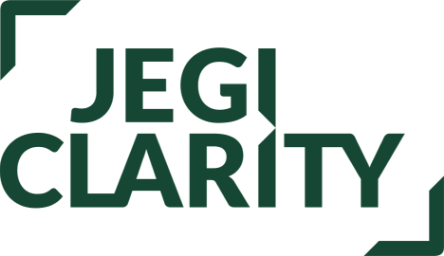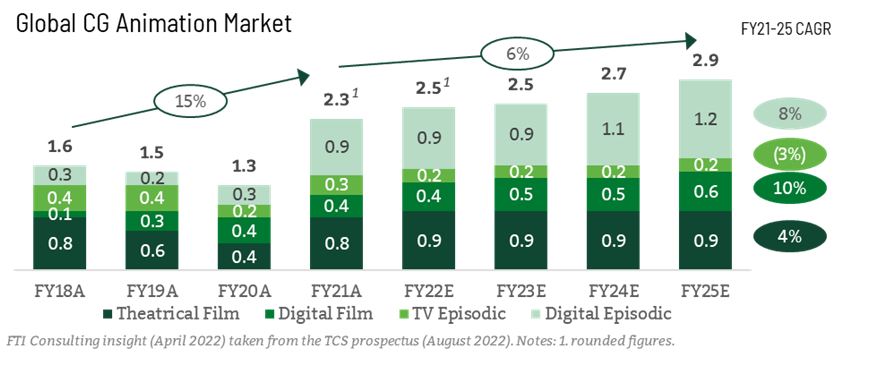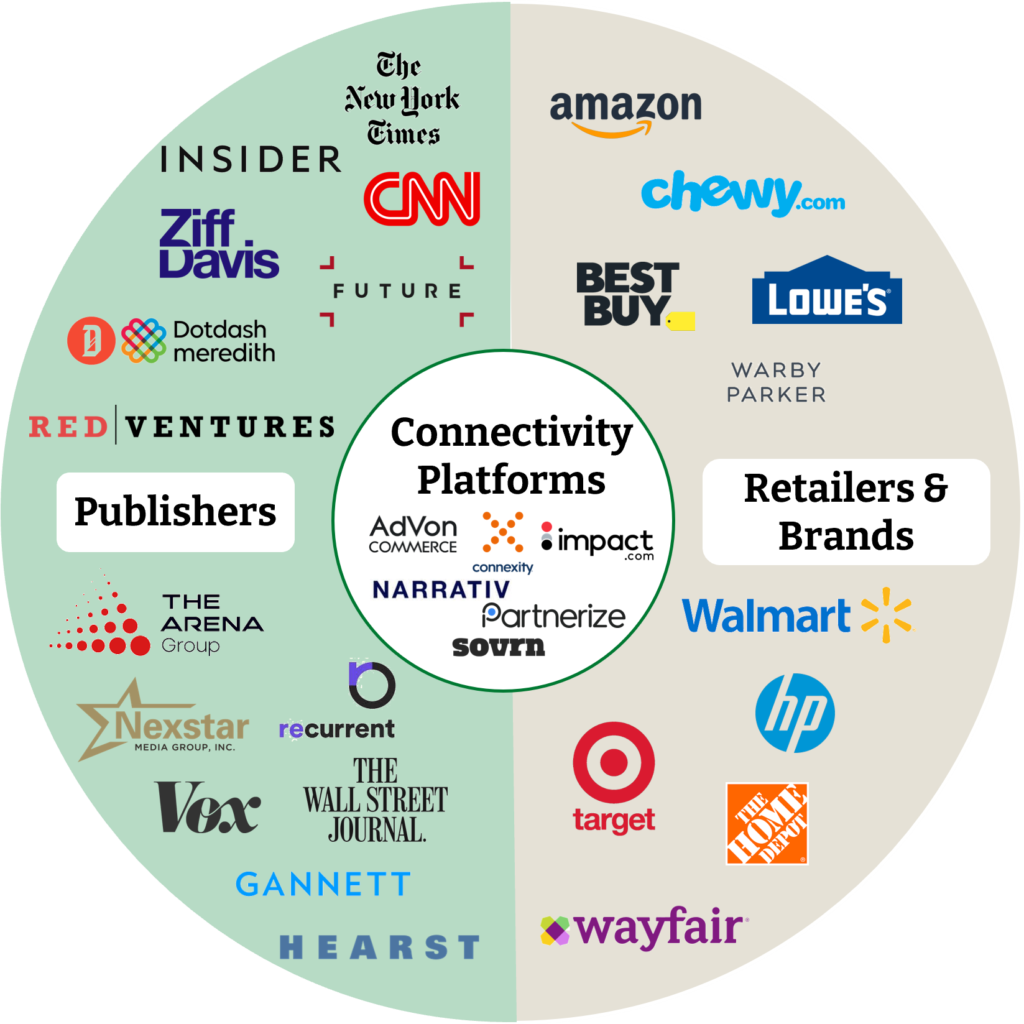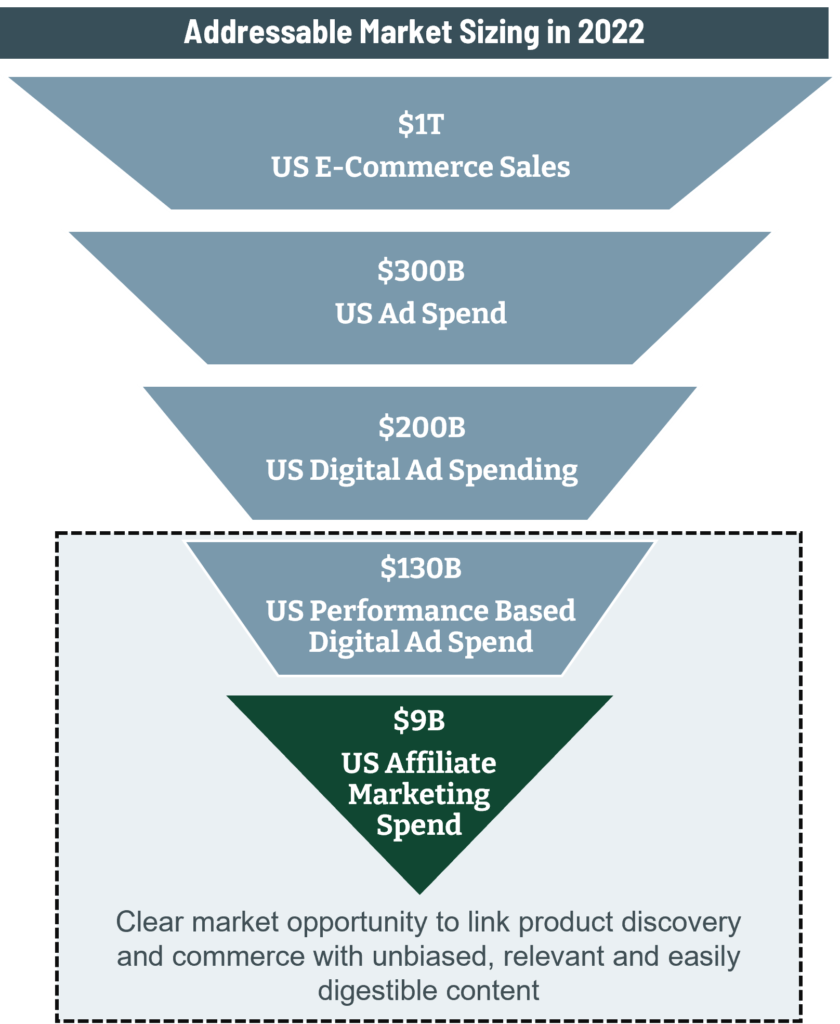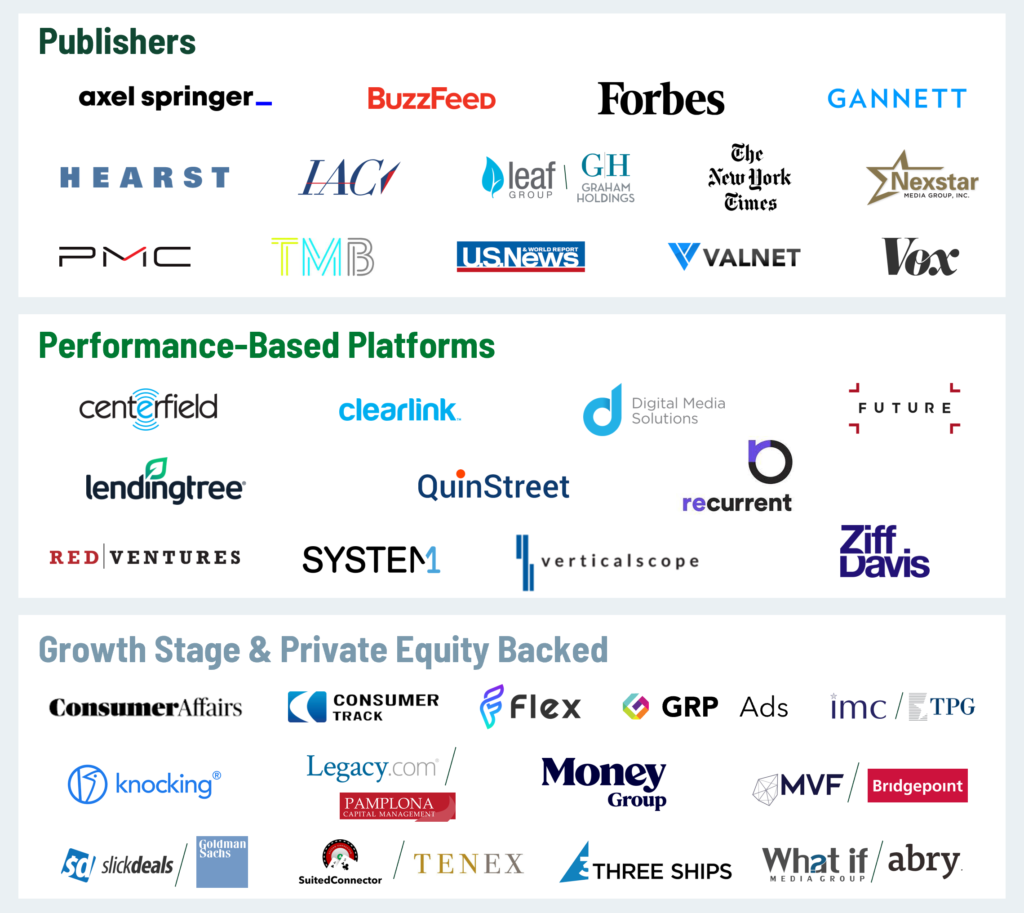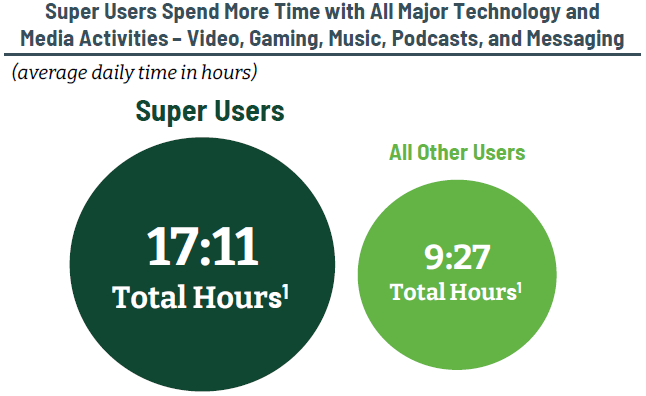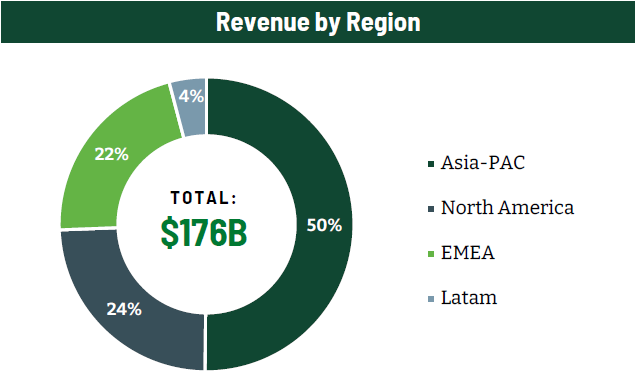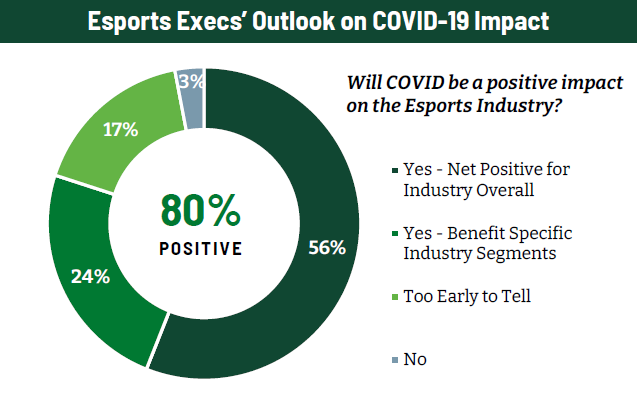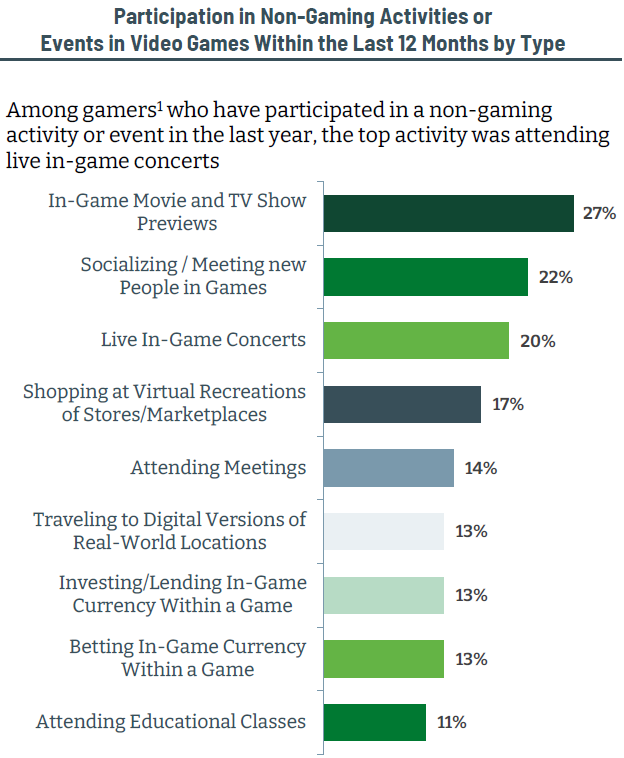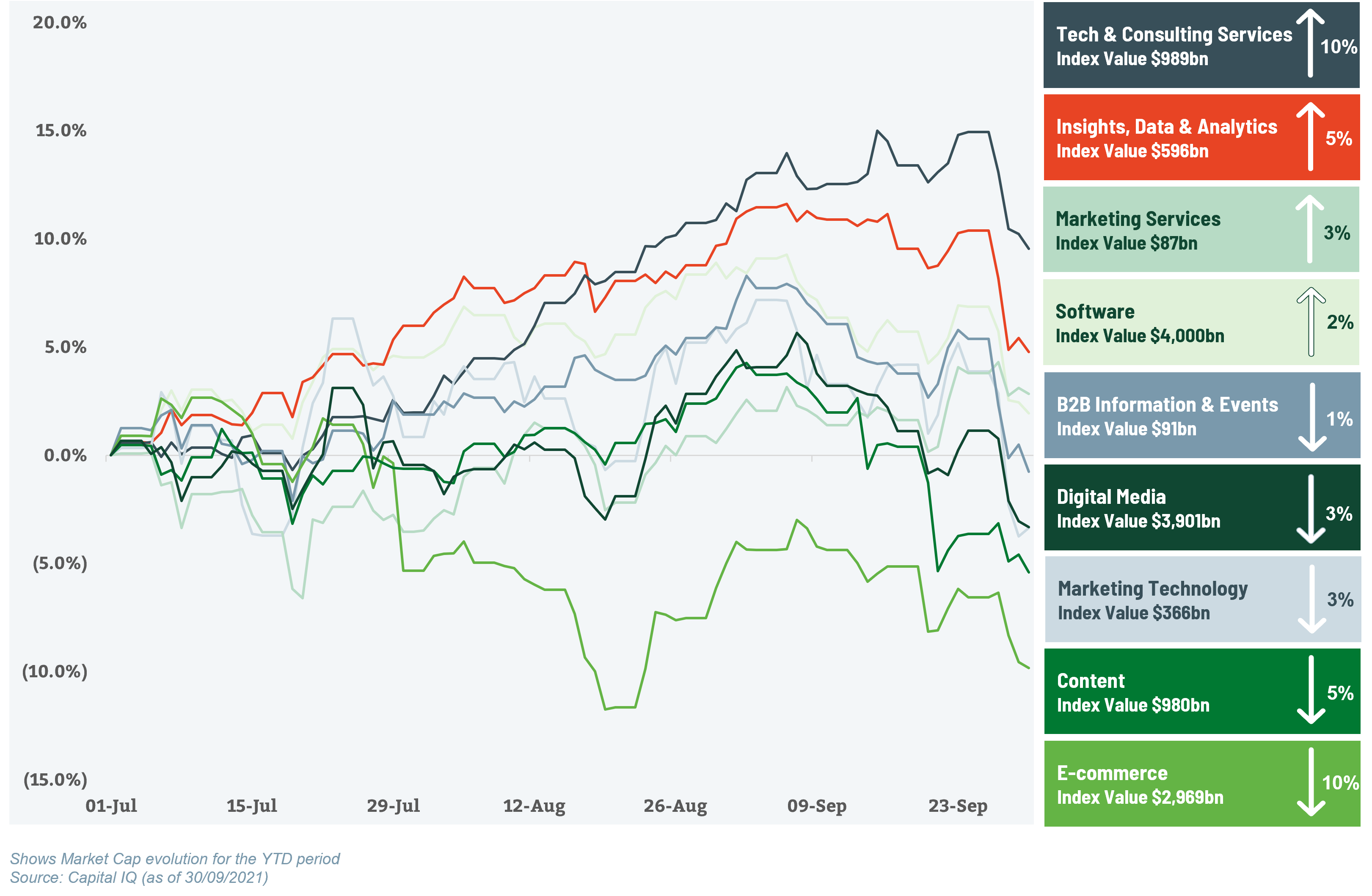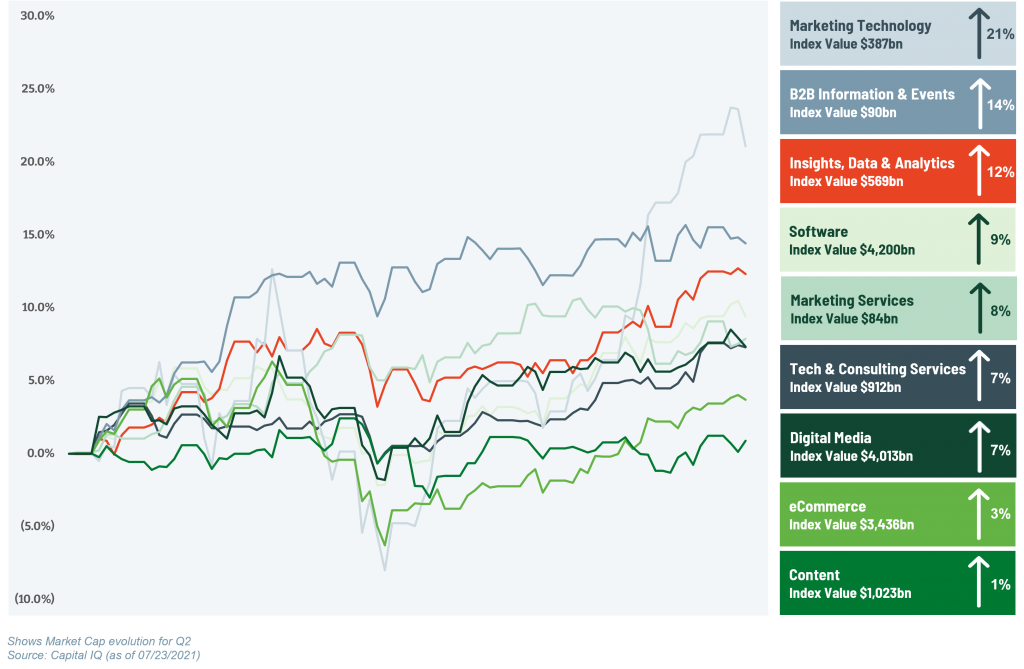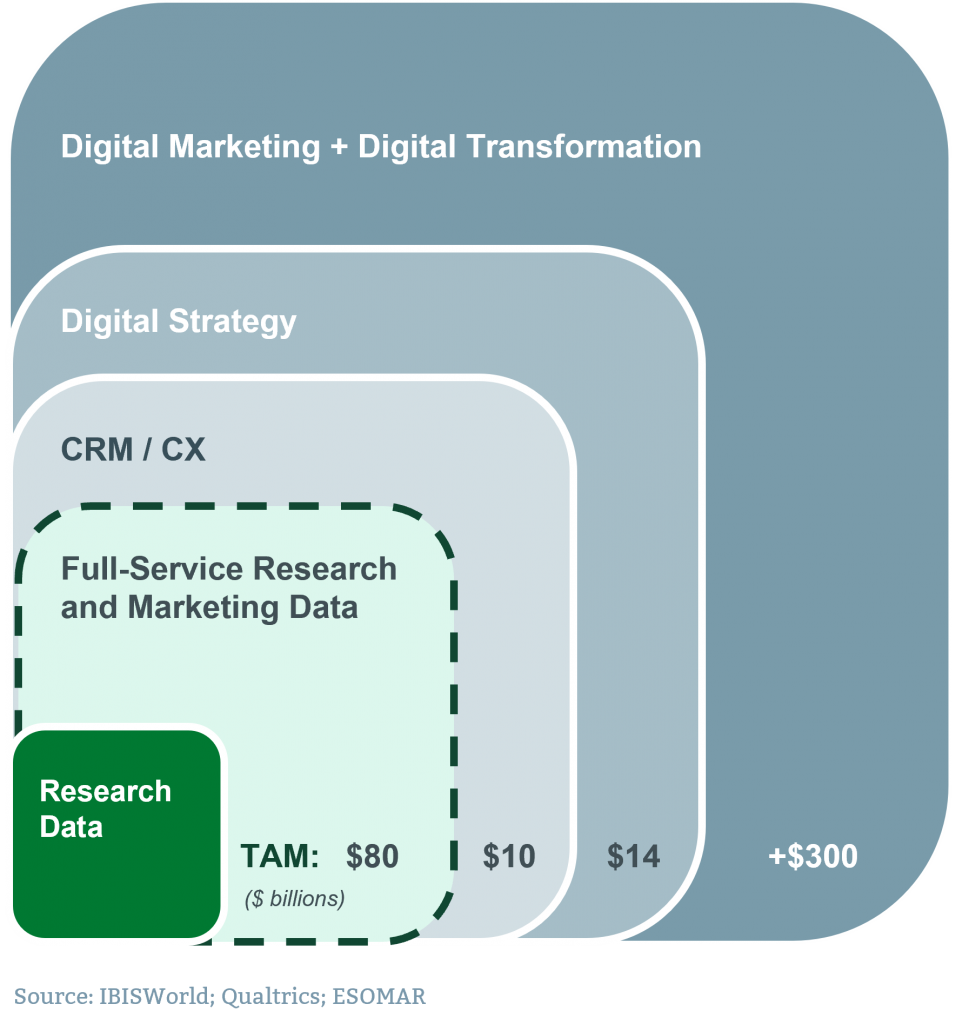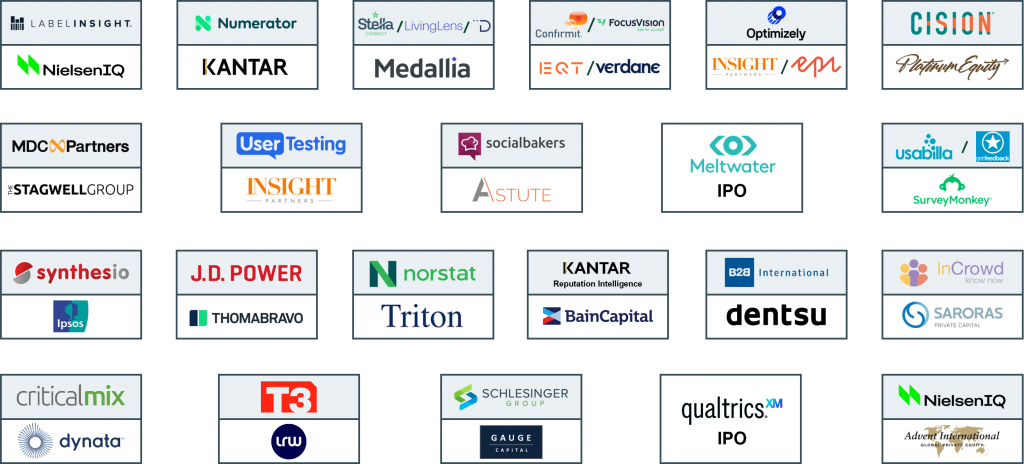Structured Equity or Special Situations
Author: Adam Gross, Managing Director at JEGI CLARITY
Many private equity funds that traditionally lead leveraged buy-out (LBO) transactions for majority control of companies are creating “Special Opportunity” or “Structured Capital” funds to provide middle-market companies with flexible financing solutions, offering founders and CEOs with an opportunity to raise capital quickly to solve financing needs. These investments are typically structured as minority investments, and the capital can be used by founders/CEOs to solve short-term financing needs, invest in growth initiatives, and/or invest in operations.
Many times, these financing solutions can address situational complexity, from companies seeking capital to pay down debt, to businesses experiencing difficulty securing capital from their usual sources. Furthermore, these solutions can aid founders/CEOs who are seeking to opportunistically invest to support growth in their businesses, without having to give up control of their companies.
One interesting solution for middle-market companies is “Structured Preferred Equity”, an innovative way for companies to raise capital without diluting their ownership stake as much as they would with traditional debt or equity financing. This can be especially beneficial for founders/CEOs who want to maintain control of their companies, while raising capital in a relatively short time – typically within four weeks. For investors, this type of equity investment can provide more robust protection than traditional common equity, which enables investors to move faster in providing the financing, given the lower risk profile.
Here are the general terms and types of structured preferred equity a founder/CEO should expect:
Interest – preferred equity offers the investor an interest payment typically paid as Paid-in-Kind (PIK) interest, which accrues over time and is paid at a later date; this enables the company to conserve cash and utilize that cash for operational investments and growth initiatives; current market rate is in the low double-digit percentage range
Liquidation Preference – preferred equity may provide downside protection to the investor by guaranteeing a certain level of return, before the common equity is paid; for example, a 1.25x liquidation preference guarantees the investor a 1.25x return on their investment before the common shareholders receive any payment
Participating Preferred – typically, this type of preferred equity provides downside protection via a liquidation preference, while also offering the investor the opportunity to participate in the common equity value of the company; as such, once the preferred equity investor receives its interest payments and guaranteed return, it then participates in the common equity waterfall, enabling it to partake in the company’s upside
Convertible Preferred – in this type of preferred equity, the investor chooses either the preferred value of the security or the converted value of the common shares; basically, the investor chooses between the greater of the two calculated values, providing the investor with downside protection, as the minimum value is the preferred value, while offering the investor the option to participate in the company’s upside via the common equity
A few things to consider, structured preferred equity can be more expensive than traditional debt or equity financing, as investors typically demand a higher rate of return for this type of investment. Structured preferred equity can also limit the flexibility of the company, as the terms of the preferred stock may include certain restrictions on the company’s operations or decision-making.
Another important aspect to consider is that structured preferred equity is typically not for companies that are in very early stages of development. It’s more suitable for companies that have a track record of generating revenue and profitability and are looking to expand/invest in growth.
In Conclusion
Structured preferred equity can be a highly flexible, fast and effective way for companies to raise capital. It’s important to understand the pros and cons before deciding, and experienced investment banking professionals will help you understand this financing option and opportunity better, can introduce an array of firms that offer this type of financing solution and will help companies and founders align with the best partner at the best terms.
If you would like to discuss further please click here
